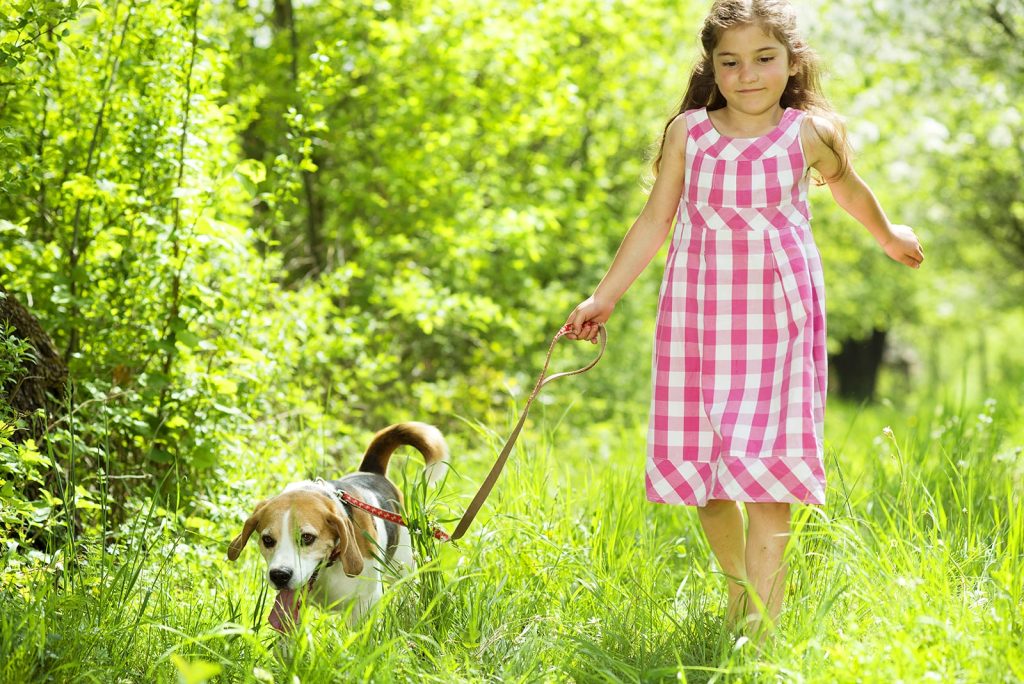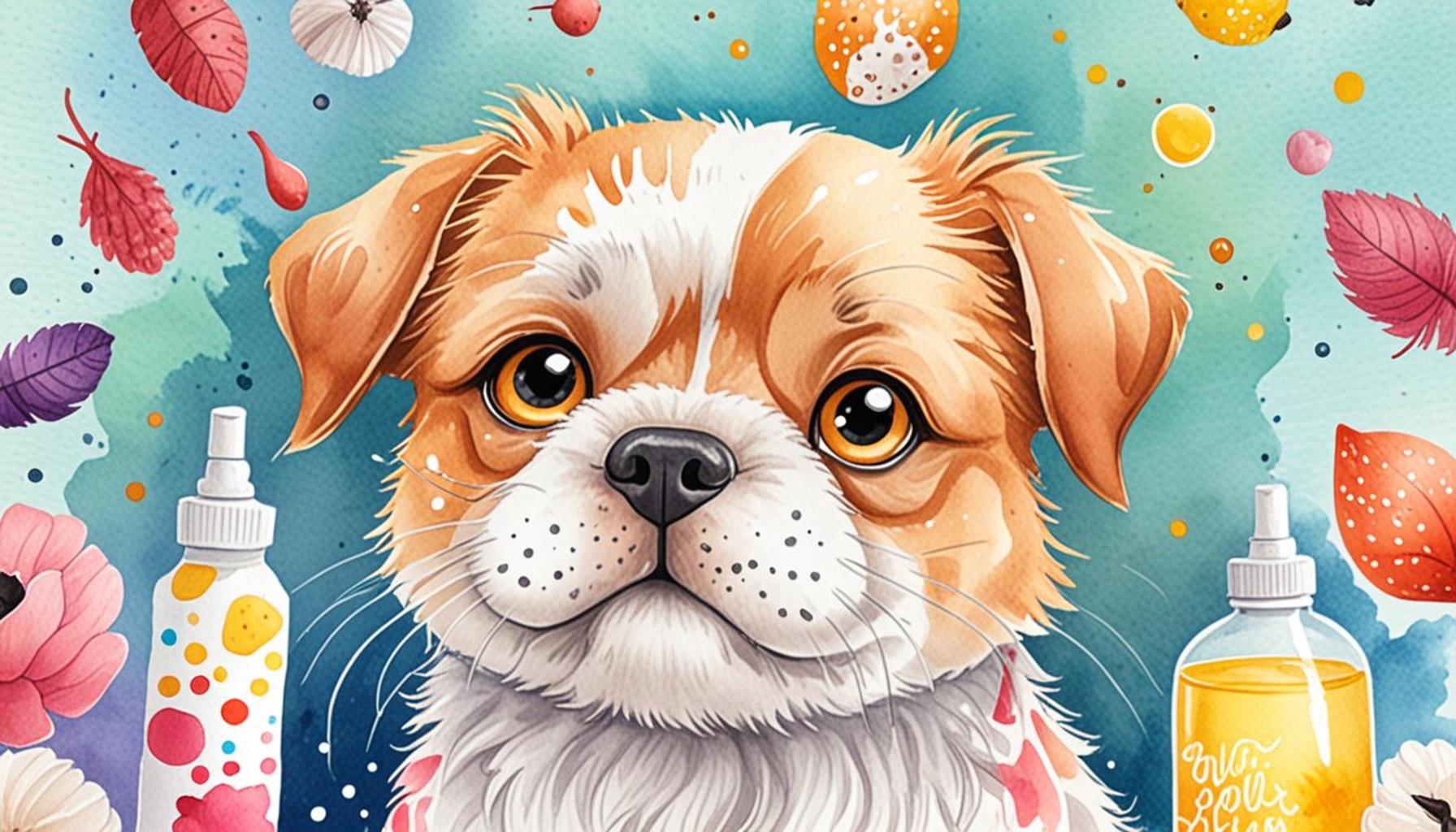How to Prepare Your Pet for the Arrival of a Baby at Home

The Importance of Preparing Your Pet for a New Family Member
Welcoming a new baby into your home can be an exhilarating experience, filled with dreams of early parenting milestones and joyful moments. However, amid the excitement, it’s important to remember that this life change also entails significant adjustments for your furry companions. Adequate preparation can prevent unnecessary stress for both your pet and your family, ensuring a smooth transition for everyone involved.
Establishing a Safe Space
One of the first steps in preparing your pet is to establish a safe space away from the baby’s area. This space should be familiar and comfortable for your pet, like a cozy bed or a designated room where they can retreat when they feel overwhelmed. For instance, a quiet corner with their favorite toys and blankets can help them regain a sense of security amidst the changes happening in the household. Additionally, providing a secure area where your pet can rest during particularly hectic moments—such as diaper changes or feeding times—can minimize stress and prevent any negative encounters with the baby.
Introducing Baby Sounds Gradually
Another valuable step is to introduce baby sounds gradually. Pets are often sensitive to noises, and sudden unfamiliar sounds like crying or cooing can be alarming. To acclimate your furry friend, consider playing recordings of baby sounds at a low volume while engaging with your pet in a positive manner, perhaps during their playtime or feeding sessions. Over time, they will become accustomed to these sounds, allowing them to associate them with safety and comfort rather than fear.
Adjusting Routines
It’s also crucial to adjust routines in advance, mimicking potential changes that will occur with the arrival of your baby. For example, if you normally walk your dog in the evening after work, try shifting that walk to the morning or during lunch breaks. This shift will help your pet prepare for the adjustments that come with a baby’s schedule, making them feel less confused when the new routine is fully implemented.
Understanding Your Pet’s Personality
Recognizing and understanding your pet’s personality traits plays a pivotal role in their adjustment process. Different animals exhibit varying responses to change; some may become withdrawn or exhibit behavioral issues, while others might display heightened curiosity. It’s essential to closely observe your pet’s reactions and seek ways to mitigate any anxiety. Gradual introductions using treats and positive reinforcement can help your pet associate new experiences with something enjoyable.

By taking these proactive measures, you’re not just preparing your environment; you’re fostering a harmonious relationship between your pet and your new baby. With time, patience, and understanding, both your beloved pet and your child can forge a lifelong bond, enhancing your family dynamic. Establishing a loving environment where all family members feel safe and valued is a gift that you can give to both your baby and your pet, ensuring a joyful household for years to come.
DISCOVER MORE: Click here to learn effective training tips
Creating a Positive Environment for Your Pet
The transition to bringing a new baby home comes with many adjustments, and this is especially true for your pets. It’s essential to take deliberate steps to create a positive environment that promotes feelings of safety and comfort for your furry family members. Understanding the emotional landscape of pets can make a significant difference in how they react to the changes around them. By focusing on preparation, you can ease both your pet’s anxiety and your own concerns about their behavior as you welcome your newest family member.
Fostering Familiarity with Baby Gear
Before the baby arrives, it’s important to introduce your pet to all the new baby gear that will soon dominate your home. Items such as cribs, playpens, and strollers can seem foreign and intimidating to pets, so allowing them to explore these items can help demystify the new surroundings. Consider placing these items in areas where your pet frequents, and encourage them to sniff and investigate. This exposure can help alleviate any fear or anxiety your pet might associate with the new gear once the baby arrives.
Practicing Commands with Distractions
As your household dynamics change, your pet may need to be more responsive to commands, especially in busy moments. Engaging in training sessions that include positive reinforcement techniques will help prepare your pet for the additional distractions that come with a baby. You might want to include commands such as “sit,” “stay,” and “off,” which will be particularly useful in managing the interactions between your pet and the child. Additionally, practice these commands in environments that simulate the bustle of family life to teach your pet how to behave when things are hectic.
Scheduled Playtime and Attention
Maintaining a routine that includes regular playtime for your pet is vital. Even when you begin to adjust for the upcoming arrival of your baby, it’s important that your pet continues to receive ample attention and engagement. To maintain this balance, set aside specific playtime or cuddle sessions each day, ensuring that your pet knows they remain a valued member of the family. This consistency helps to alleviate feelings of jealousy or neglect that might emerge during the transition.
Signs of Stress in Your Pet
Being aware of the signs of stress in your pet is crucial during this time of adjustment. Some common behaviors to watch for include:
- Excessive barking or meowing
- Destructive behavior or house soiling
- Withdrawal from social interactions
- Changes in appetite or sleep patterns
If you notice any of these signs, it’s essential to take action by providing additional comfort or seeking advice from a veterinarian or professional animal behaviorist. Understanding and addressing your pet’s feelings will help create a loving atmosphere that encourages harmony between your pet and the new baby.
By actively working towards these preparations, you not only nurture your pet’s well-being but also set the stage for a successful introduction to your new child. The bond that your pet and your baby can develop over time can enrich family life in ways you may not even anticipate.
When preparing your pet for the arrival of a baby at home, establishing a routine is crucial. Pets thrive on predictability, and introducing changes gradually can ease their anxiety. Start by allowing your pet to acclimate to the sights and sounds associated with babies. Play recordings of baby cries, or invite friends with newborns over to familiarize your pet with the activities they can expect. This gentle exposure helps reduce stress when the baby arrives.Another essential step is to reinforce training commands. Ensuring your pet responds to commands such as “sit,” “stay,” or “no” can help manage their behavior around the new baby. Additionally, create a designated space for your pet that is away from the baby’s area. This ensures they have their safe zone while minimizing potential distractions.Additionally, consider involving your pet during the preparations. Make your pet feel included by allowing them to sniff baby items like clothing or toys before the baby arrives. This not only creates familiarity but can also help them feel excited about the new family member. You can also reward your pet with treats and praise when they display calm behavior during this transitional phase.Maintaining a consistent feeding schedule and routine is vital as well. Disruptions to their daily habits might result in stress or disruptive behavior. By keeping their environment stable, you support their emotional health while preparing for the family’s new addition. Remember, patience and understanding are key. The journey of adjusting to a new baby can be overwhelming for your pet, but with the right approach, you can foster a harmonious environment for everyone at home. To visually summarize some advantages of preparing your pet for a new baby, consider the following table:
| Category 1 | Category 2 |
|---|---|
| Behavior Management | Establishing commands ensures control during interaction with the baby. |
| Emotional Readiness | Familiarization reduces anxiety, making the transition smoother for your pet. |
Understanding these steps can benefit your family’s dynamic and help your pet adjust to their new role as a loving companion to your little one.
LEARN MORE: Click here for valuable insights
Gradual Introductions and Safe Spaces
As the big day approaches, it’s essential to implement gradual introductions between your pet and the new baby. This process not only fosters a positive relationship but also allows your pet to adjust to the unique sounds and smells that come with a new family member. Start by playing recordings of baby sounds—gentle crying, cooing, or babbling—to help your pet become accustomed to these new noises. Observing your pet’s initial reactions will give you valuable insights into how they may react when the baby arrives.
Establishing Boundaries
Creating safe spaces within your home can greatly contribute to a smooth transition. Pets often seek security in their environments, and having a designated area where they can retreat during times of chaos helps minimize stress. Whether it’s a crate with their favorite blanket, a specific room, or a cozy corner, ensure this space is equipped with toys and treats. Utilizing baby gates can also help manage access to certain areas, allowing your pet to still feel involved without being overwhelmed. This encourages positive interactions while still keeping them secure.
Introducing Your Baby’s Scent
One of the less common yet highly effective methods of introduction involves allowing your pet to familiarize themselves with the baby’s scent before the arrival. You can achieve this by placing a blanket or item of clothing that has the baby’s scent in your pet’s space. This simple gesture can create a sense of recognition that eases the pet’s adaptation to the baby’s presence in the home. Familiarizing your pet with the new scent can promote a sense of understanding and acceptance upon the actual introduction.
Supervised Meetings and Positive Reinforcement
When it finally comes time for your fur baby to meet your little one, supervision is key. Schedule brief, supervised meetings between your pet and the baby. Start with your pet on a leash or in a restricted space to ensure control over the situation. Allow them to observe from a safe distance, gradually moving closer as they appear more comfortable. Make these introductions positive by rewarding your pet with praise or treats for calm behavior. Reinforcing good behavior during these encounters will help lay the groundwork for a cooperative relationship over time.
Regular Veterinary Check-ups and Health Considerations
Staying on top of your pet’s health is vital during this transitional period. Schedule a visit to the veterinarian to ensure your pet is up-to-date on vaccinations and free from parasites. It’s also worth discussing any behavioral concerns with your veterinarian, who could offer tailored advice or suggest behavior modification programs. If your pet has a history of anxiety or aggression, additional measures, such as training or even medication, may be warranted to provide peace of mind as your family grows.
Pay attention to your pet as they endure these changes, and be vigilant about their needs and well-being. With thoughtful intentions and preparation, you can create a loving, harmonious environment for both your pet and your baby, enriching family life in ways that foster companionship and joy.
DISCOVER MORE: Click here to learn how environmental enrichment impacts pet behavior
Conclusion: Building a Harmonious Family Dynamic
Preparing your pet for the arrival of a baby is a crucial part of ensuring a smooth transition for everyone involved. By implementing gradual introductions and helping your pet adjust to the new sounds and scents, you can alleviate potential anxiety and foster a positive first impression. Establishing safe spaces for your pet allows them to feel secure amid the changes, while introducing your baby’s scent beforehand sets the stage for a more comfortable meeting. Moreover, focusing on supervised interactions and utilizing positive reinforcement will help create a nurturing environment that encourages healthy relationships between your pet and your child.
Remember, keeping a watchful eye on your pet’s behavior and conducting regular veterinary check-ups is vital for their well-being during this transition. It’s important to understand that each pet is unique, and adapting your approach based on your pet’s specific needs will lead to more harmonious family dynamics. As you navigate this exciting new chapter, combine patience with proactive strategies to create a loving atmosphere where both your pet and your baby can thrive. With the right preparation, you’ll not only enrich your family life but also cultivate a lasting bond between your children and pets that can teach empathy and responsibility for years to come.
Ultimately, your dedication to preparing your pet for a new arrival will pay off, ensuring that everyone in your expanding family can coexist peacefully and joyfully. Embrace the journey ahead, and enjoy the remarkable moments that lie in store.


